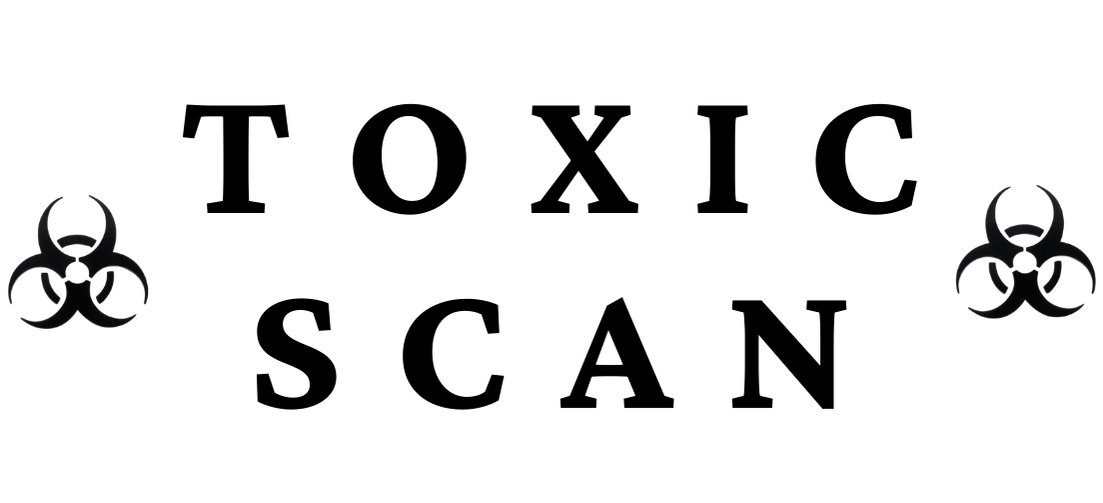E171: Titanium Dioxide
E171: Titanium Dioxide
What is E171 (Titanium Dioxide)?
Titanium Dioxide (E171) is an inorganic white pigment derived from naturally occurring titanium minerals like ilmenite, rutile, and anatase. It is widely used in food products to provide whiteness, brightness, and opacity. Beyond food, it's a common ingredient in paints, sunscreens, cosmetics, and pharmaceuticals due to its light-scattering properties and high refractive index.
Source and Production
Titanium dioxide for food use is produced through refined chemical processes:
- Mining: Titanium-containing ores are mined.
- Processing: The ores undergo either the sulfate process or the chloride process to extract and purify titanium dioxide.
- Sulfate process: Ore is treated with sulfuric acid.
- Chloride process: Ore is chlorinated at high temperatures.
- Purification: The crude titanium dioxide is further purified to remove impurities and achieve food-grade quality (anatase form is typically used).
- Particle Size Control: The production process can be controlled to produce different particle sizes, including nanoparticles (particles smaller than 100 nanometers).
Common Uses in Food
E171 is used to enhance the visual appeal of various foods:
- Confectionery: Candies, chewing gum, frostings, white chocolate.
- Baked Goods: White bread, pastries, donuts.
- Dairy Products: Processed cheese, coffee creamers, ice cream.
- Sauces and Dressings: Salad dressings, white sauces.
- Supplements: Used as a whitener in capsules and tablets.
- Pet Foods: Added for color consistency.
Its primary function is aesthetic – making products look whiter, brighter, or more opaque.
Health and Safety
Safety Concerns
The safety of titanium dioxide, particularly in nanoparticle form, has become increasingly debated:
- Nanoparticle Concerns: A significant portion of E171 particles can be in the nano-range. Nanoparticles have different properties than larger particles and raise concerns about their ability to cross biological barriers and accumulate in organs.
- Genotoxicity: Some studies, particularly those focusing on nanoparticles and inhalation exposure, have suggested potential genotoxic effects (DNA damage). In 2021, the European Food Safety Authority (EFSA) concluded that E171 could no longer be considered safe as a food additive primarily due to these genotoxicity concerns related to nanoparticle accumulation.
- Gut Microbiome Impact: Research suggests potential adverse effects on the gut microbiome and intestinal inflammation.
- Bioaccumulation: Concerns exist about the potential for nanoparticles to accumulate in the body over time.
Regulatory Status
The regulatory landscape for E171 is evolving and differs globally:
- European Union: Banned as a food additive since August 2022, following the EFSA safety assessment.
- United States: Still permitted by the FDA as a color additive with limitations (not to exceed 1% by weight of the food).
- United Kingdom: Currently still permitted, following divergence from EU regulations post-Brexit, but under review.
- Canada: Health Canada concluded there is no conclusive scientific evidence that E171 is a concern for human health as a food additive but continues to monitor research.
- Australia/New Zealand: Permitted but under review by Food Standards Australia New Zealand (FSANZ).
This divergence highlights differing interpretations of the available scientific evidence and varying applications of the precautionary principle.
Identification on Labels
Titanium Dioxide may be listed as:
- E171
- Titanium Dioxide
- Titanium(IV) Oxide
- CI Pigment White 6
- CI 77891
- White pigment
Alternatives to E171
With the ban in the EU and growing consumer concern, manufacturers are seeking alternatives:
- Calcium Carbonate (E170): Another white mineral pigment, though potentially less effective in providing opacity.
- Rice Starch: Can provide whiteness and opacity in some applications.
- Modified Starches: Specially processed starches can offer whitening effects.
- Reformulation: Adjusting recipes to achieve desired appearance without a dedicated whitener.
The effectiveness of alternatives often depends on the specific food application.
Conclusion
E171 (Titanium Dioxide) is a white pigment whose safety as a food additive is now highly contested, particularly due to concerns about nanoparticles. Its moderate toxicity rating (2/5) reflects the ongoing scientific debate and regulatory divergence. While historically considered safe, recent assessments, particularly by EFSA, have highlighted potential genotoxicity risks, leading to a ban in the EU.
Consumers in regions where E171 is still permitted may choose to avoid it due to these unresolved safety questions, especially concerning long-term exposure to nanoparticles. The differing regulatory stances worldwide underscore the complexities in assessing the safety of nanomaterials in the food supply.
